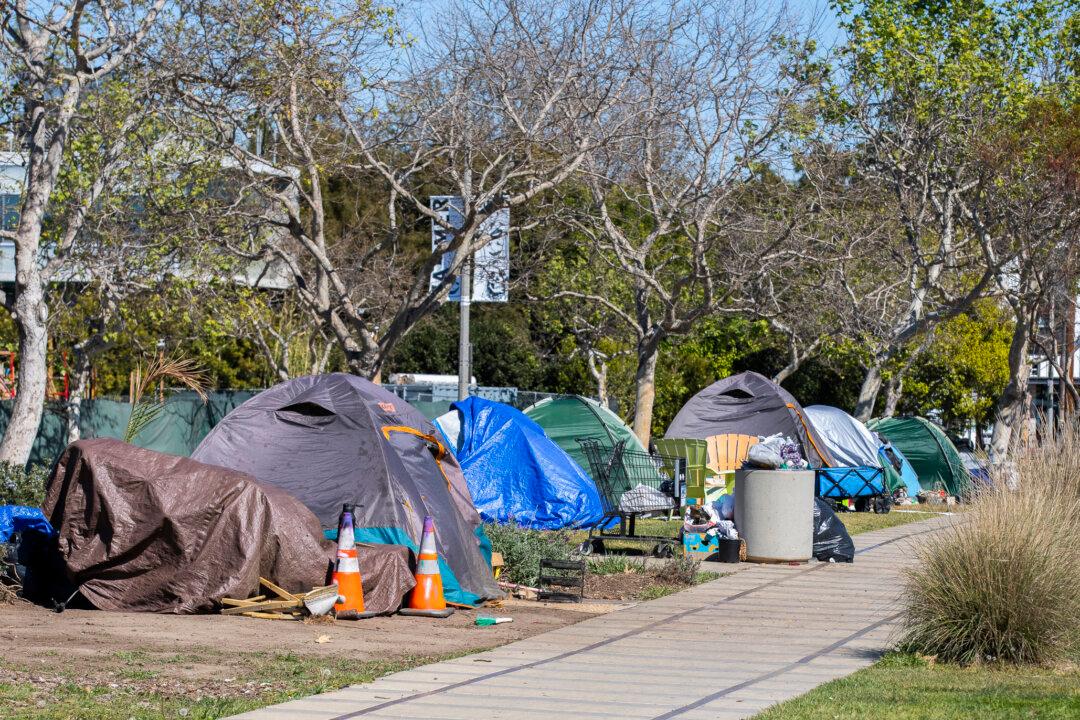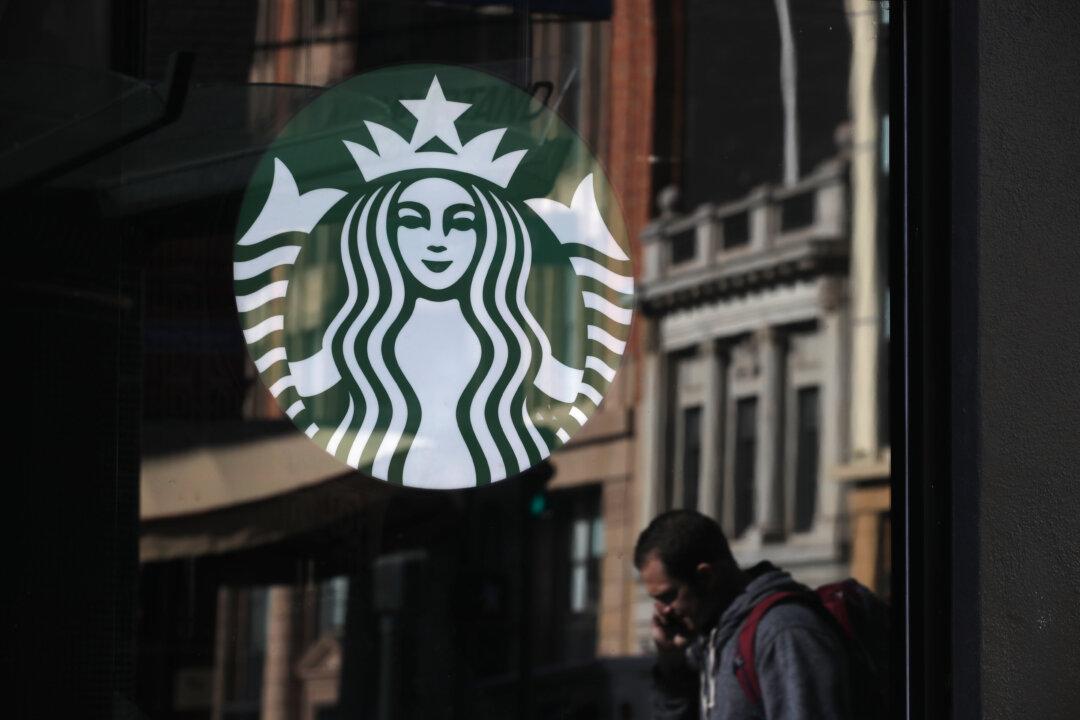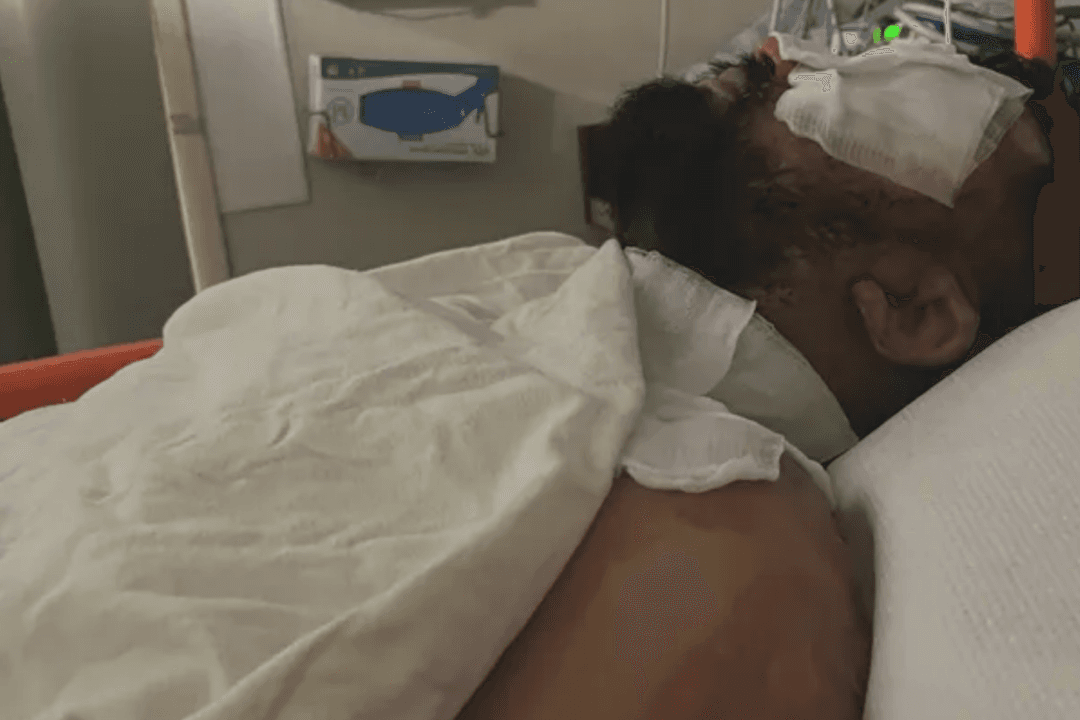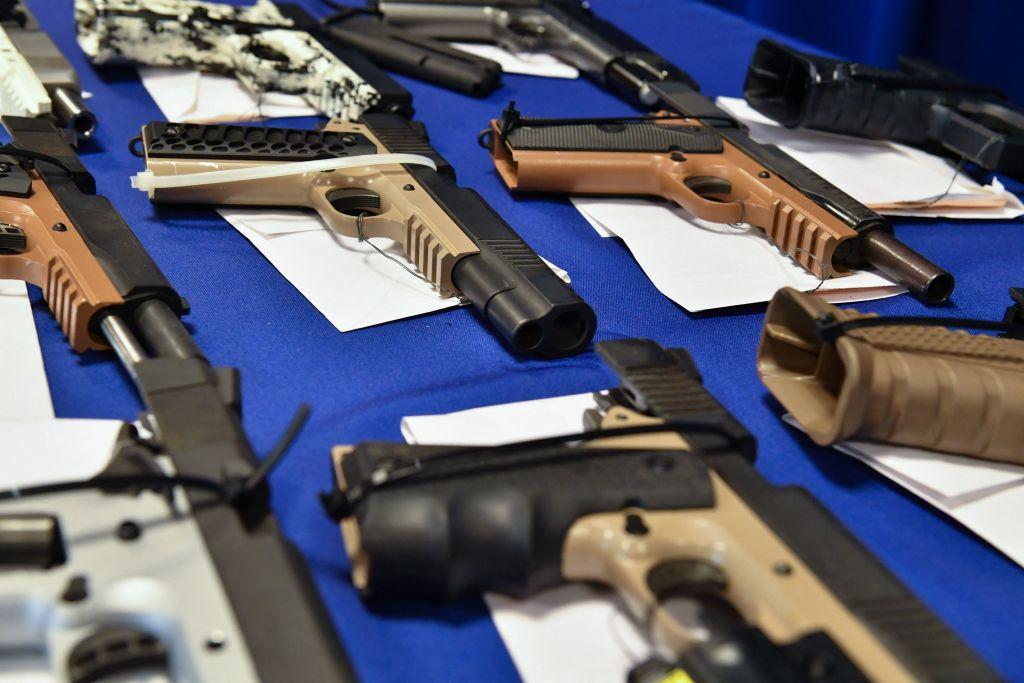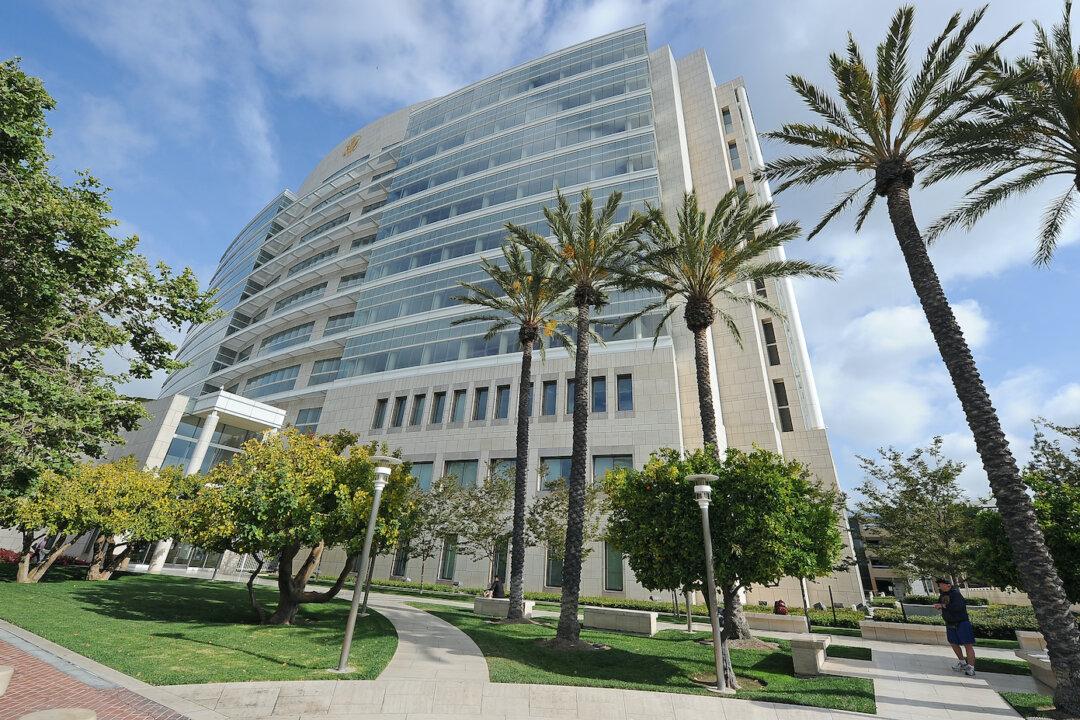San Diego Mayor Todd Gloria and City Councilman Steve Whitburn recently announced that the city is opening two “safe sleeping sites”—meaning land where the homeless can set up tents and receive services—near Balboa Park.
The cost to do so is $5 million and is part of the mayor’s 2023–24 fiscal year budget.
